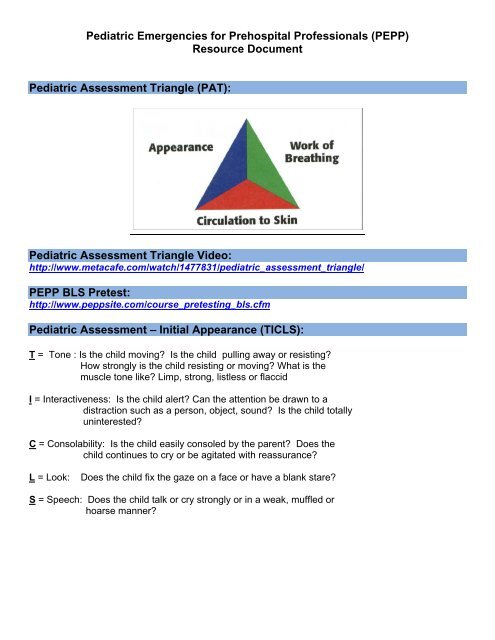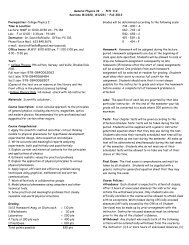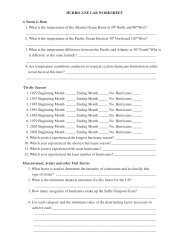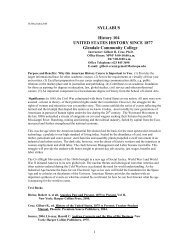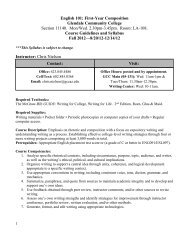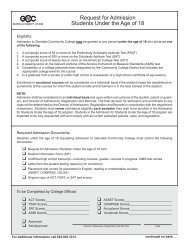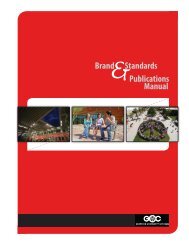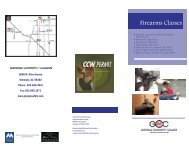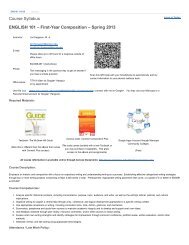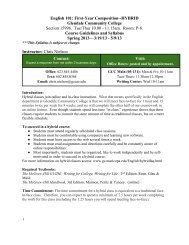Pediatric Assessment â Initial Appearance
Pediatric Assessment â Initial Appearance
Pediatric Assessment â Initial Appearance
You also want an ePaper? Increase the reach of your titles
YUMPU automatically turns print PDFs into web optimized ePapers that Google loves.
<strong>Pediatric</strong> Emergencies for Prehospital Professionals (PEPP)<br />
Resource Document<br />
<strong>Pediatric</strong> <strong>Assessment</strong> Triangle (PAT):<br />
<strong>Pediatric</strong> <strong>Assessment</strong> Triangle Video:<br />
http://www.metacafe.com/watch/1477831/pediatric_assessment_triangle/<br />
PEPP BLS Pretest:<br />
http://www.peppsite.com/course_pretesting_bls.cfm<br />
<strong>Pediatric</strong> <strong>Assessment</strong> – <strong>Initial</strong> <strong>Appearance</strong> (TICLS):<br />
T = Tone : Is the child moving Is the child pulling away or resisting<br />
How strongly is the child resisting or moving What is the<br />
muscle tone like Limp, strong, listless or flaccid<br />
I = Interactiveness: Is the child alert Can the attention be drawn to a<br />
distraction such as a person, object, sound Is the child totally<br />
uninterested<br />
C = Consolability: Is the child easily consoled by the parent Does the<br />
child continues to cry or be agitated with reassurance<br />
L = Look:<br />
Does the child fix the gaze on a face or have a blank stare<br />
S = Speech: Does the child talk or cry strongly or in a weak, muffled or<br />
hoarse manner
Respiratory Distress vs. Respiratory Failure<br />
Respiratory Distress =<br />
Respiratory Failure =<br />
• Nasal flaring<br />
• Cyanosis<br />
• Inspiratory retractions • Decreased breath sounds<br />
• Tachypnea (fast<br />
• Decreased level of<br />
respirations)<br />
responsiveness<br />
• Hyperpnea ( deep<br />
• Poor muscle tone<br />
respirations)<br />
• Tachycardia (fast heart rate)<br />
• Head bobbing<br />
• Accessory muscle use<br />
• Seesaw breathing<br />
• Inadequate respirations<br />
• Restlessness<br />
( bradypnea – slow rate of<br />
• Tachycardia ( fast heart<br />
breathing.)<br />
rate)<br />
• Grunting<br />
• Stridor<br />
• Lethargy<br />
Breath Sounds and Origin<br />
Stridor = upper airway obstruction<br />
Wheezing = lower airway<br />
obstruction<br />
Expiratory grunting = inadequate<br />
oxygenation<br />
Inspiratory crackles = fluid,<br />
mucous, blood in the airway<br />
Absent = complete airway<br />
obstruction<br />
Problem causing<br />
Croup, foreign body aspiration<br />
Asthma, bronchiolitis, foreign body<br />
Pneumonia, drowning, pulmonary<br />
contusion<br />
Pneumonia, pulmonary contusion<br />
Foreign body, pneumothorax,<br />
hemothorax, pneumonia, severe<br />
asthma


